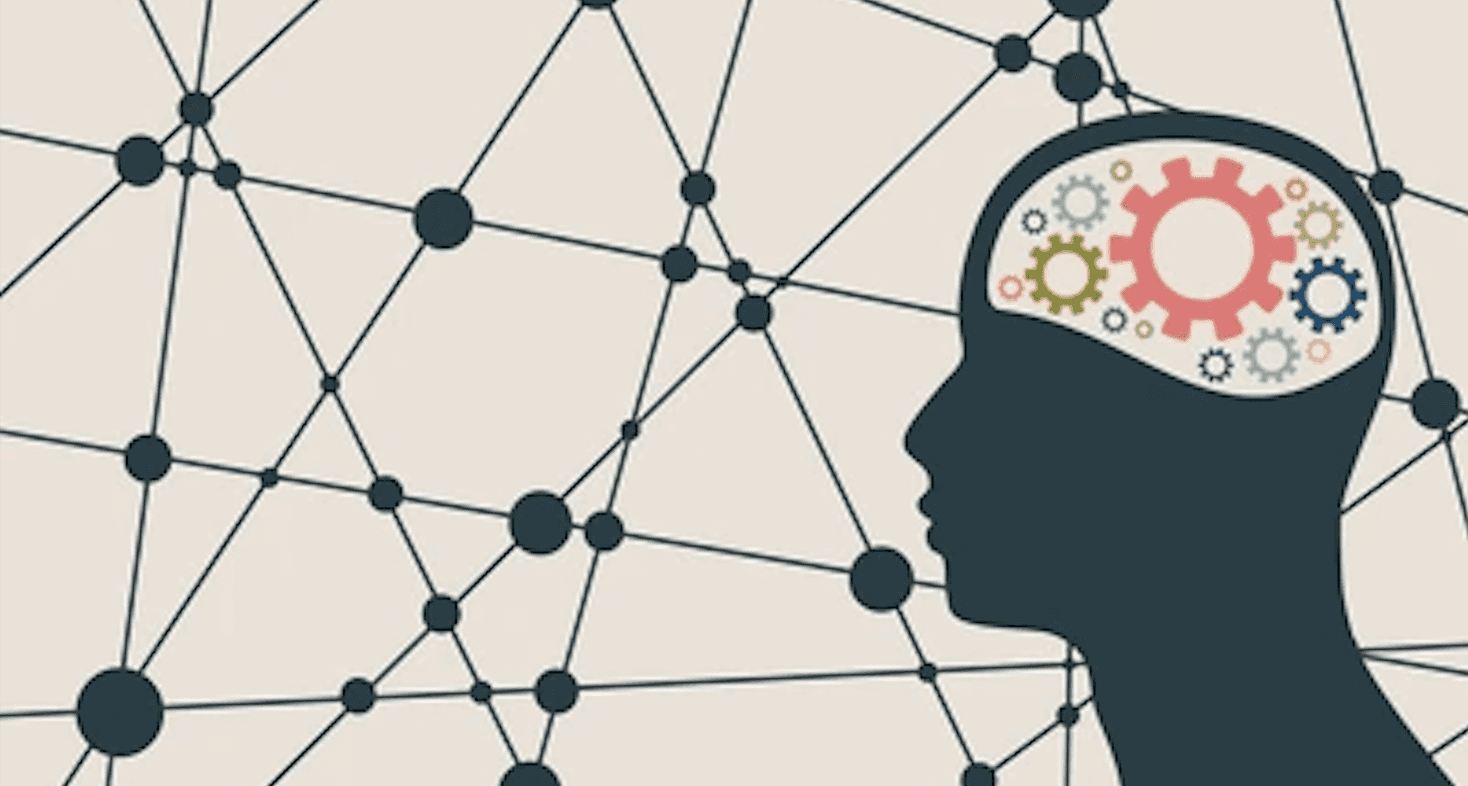Our team is ecstatic to be working with you on your next big web development project! Whether you’re seasoned to development agency collaborations or it’s your first time, we’re here to make sure the process is as smooth as possible. In this blog post, we’ll explore essential steps of our discovery process to learn more about your website visions and goals, and the paths we’ll take to bring them to fruition.
The Discovery Process: Part I
The beginning phase of the Redfin Solutions discovery process is mostly a documentative phase. On the Redfin team, you’ll meet with a project manager, UX designer, and lead developer (although sometimes, one person could be two of those titles). Any stakeholders on your side should be assembled in advance, as they will be recurring key figures in the discovery process and future status updates as the project progresses.
Identifying Goals
We want to know what your goals are, and ultimately what solutions you are trying to reach. What are your distinct goals for both the business and the site itself?
Identifying User Groups
We’ll want to gather target demographic information to identify the different types of people that will be using the site. As an oversimplified example, a university’s website would have user groups of “parents” and “students.” User groups you’re aiming to attract on your site will be identified during this phase, as well as any sub-groups, such as “prospective students” and “enrolled students.”
Conduct User Interviews
What better way to learn about a site’s true functionality than to ask those who use the site themselves? In this phase, we talk to real people who currently use the site, or those who would potentially use it in the future. We’d highly recommend talking to between five and seven individuals per user group to gain a proper feel of how each person uses or intends to use the site, how the site benefits them, and other relevant topics.
Create Personas
A persona is a fictional user that emulates the idea of an actual person who may be using the site. Personas help us comprehend the behaviors and challenges of actual users in any user group. This step is especially helpful in helping us understand what prompts a person to visit the site, what specifically they will be looking for on the site, and how their user group affects their interaction with the site.
Generate User Stories
User stories are written descriptions of site features by members of various user groups. During this phase, we typically use this format:
as a [user group], I want to [action] so that [benefit/value].
For example, “as a prospective student, I want to see pictures of dorm rooms, so I am not anxious about what life will be like”
The Discovery Process: Part II
Now that we’ve done some research intake, it’s time to get a bit more creative. We now have a better idea of what we want to see on the site, and can begin creating visual plans of how we’ll reach our finished product.
In Phase II, it’s important to reference the information that we’ve garnered in Phase I as the most helpful tools to start thinking about design aspects. For instance, personas become less important in this section, but will resurface when revisiting something that we know may impact certain users of the site.
Sitemap
We’ll need to lay out where all site pages will be organized, which is where a sitemap comes in handy. The team will determine the information architecture of the site, which will ultimately make it easier for a user to find pages they need. This may be done physically or virtually by our designer via a card sorting practice. Our team often uses Whimsical to create the sitemap to share with you and review collaboratively.
Design Strategy
Design will have a significant impact on how a user interacts with the site. Our team will present solutions for making site content easily navigable, with users able to quickly find the exact information that they need. Have a bunch of content that needs to be said, but is lengthy and too dense for a reader to skim quickly? We’ll propose ideas that will break up this content into organized components, streamlining the viewer’s focus to where it needs to be.
Wireframes
A wireframe is a visual tool that outlines a webpage’s interface. This sounds similar to a sitemap, but the difference lies in the design aspect. A wireframe is intended to the visual framework of a site, while a sitemap relates to the content of the pages themselves. A wireframe consists of boxes and filler text, known as Lorem ipsum, to provide a rough layout of where components and content will be placed. Depending on the complexity of the project, we’ll use Freehand or Figma. Here, user stories from Phase I are used to bring all generated ideas into fruition.
Additions
There may be some as-needed steps, depending on any more additional work you’d like to have done. This can include user testing, industry standards research, and competitive analysis, among other steps. These steps may be more involved in the design strategy, which will be segued into in the latter half of the Part II discovery process.
Wrapping Up
Hopefully, this gives a general idea of what to expect when you start a new project or upgrade with the Redfin team. Our experts are ready to guide you through this process to bring your website ideas into a reality! Thank you for partnering with Redfin Solutions, and we’re thrilled to start working with you.
